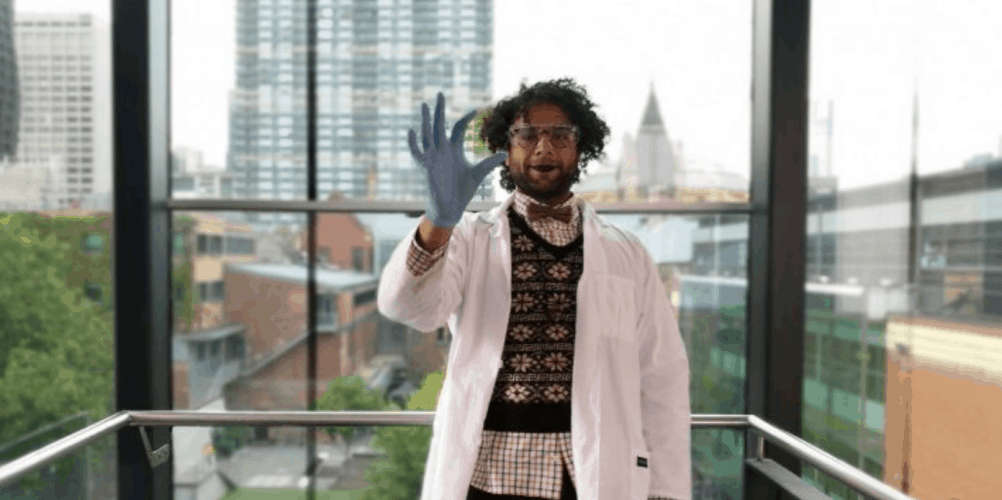
(Credit: RMIT)
The VO2 coating, which is just 50-150 nanometres thick, allows glass to regulate the amount of heat that passes through depending on the temperature. Below 67°C, VO2 acts as an insulator. Above that temperature, the substance turns opaque to infra-red solar radiation while remaining transparent to the human eye. Thus, the sun’s heat is prevented from passing through the clear glass. The research is published in Scientific Reports.
According to Associate Professor Madhu Bhaskaran, lead investigator on the project, the breakthrough could help meet future energy needs and create temperature-responsive buildings.
“We are making it possible to manufacture smart windows that block heat during summer and retain heat inside when the weather cools,” she said. “Our technology will potentially cut the rising costs of air-conditioning and heating, as well as dramatically reduce the carbon footprint of buildings of all sizes.
“Solutions to our energy crisis do not come only from using renewables; smarter technology that eliminates energy waste is absolutely vital.”
While the tuneable nature of vanadium oxide has long been known, it had previously not been possible to use it in smart windows without specialised substrates that retained the material’s functionality. According to the RMIT team, its approach enables crystalline, switchable VO2 on any substrate, including glass, silicon and quartz. Furthermore, the coating’s reaction to temperature can be overridden with a simple switch.
“This switch is similar to a dimmer and can be used to control the level of transparency on the window and therefore the intensity of lighting in a room,” said co-researcher and PhD student Mohammad Taha. “This means users have total freedom to operate the smart windows on-demand.”
The technology, which has been filed for patent in Australia and the US, is said to be readily scaleable for large surfaces such as the facades of skyscrapers.




Red Bull makes hydrogen fuel cell play with AVL
Surely EVs are the best solution for motor sports and for weight / performance dispense with the battery altogether by introducing paired conductors...